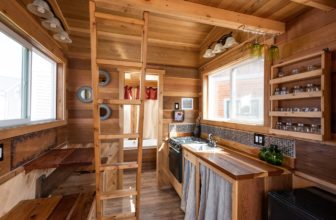Because of the COVID-19 pandemic, most people started working from home, and the majority discovered they do not have comfortable workspaces in their houses. If you are one of us and have been looking for comfortable office chairs, you probably came across the popular Herman Miller chairs. These chairs are popular for a reason; the material, shape, and form are chosen and designed to be a perfect fit for the human body. Herman Miller Chairs reduce strain hence reduce back and wrist pain. If you are looking for an office chair that will keep you comfortable and, moreover, motivated, keep on reading!
What does Herman Miller do?
The story behind Herman Miller chairs started in 1905 when the Michigan-based Star Furniture Co. hired an employee named Dirk Jan De Pree. Within a few years, De Pree got one promotion after the other till he became the head of the company.
De Pree and his father-in-law Herman Miller bought the company afterward and changed its name to Herman Miller Furniture company. Star Co. started out as a company that only produced classic furniture. After De Pree and Miller acquired the company, it became the most popular firm to produce modern furniture in America. It also expanded its product lines to include equipment and office furniture.
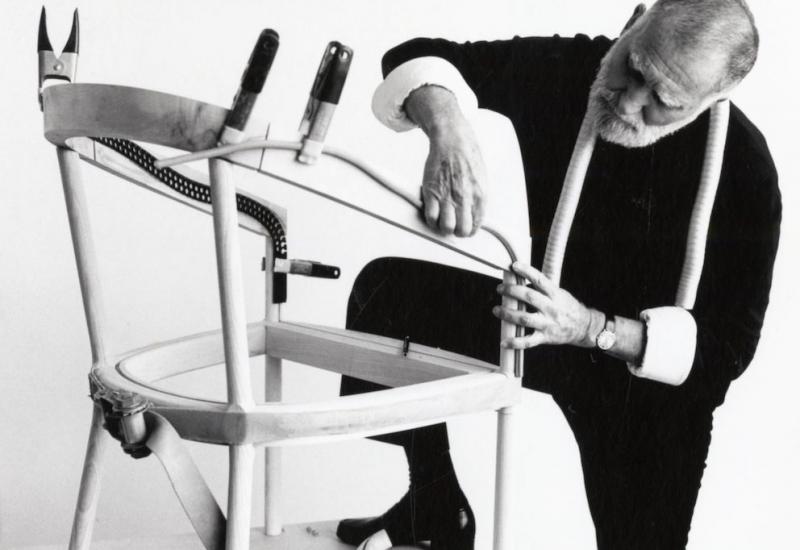
Courtesy of Herman Miller
Over the years, the company has collaborated with famous designers like Charles and Ray Eames, and Isamu Noguchi. The resulting designs, which became best-sellers up to this day, included the Aeron Chair, Eames Lounge Chair, and the Marshmallow Sofa, among many others.
Moreover, thanks to Herman Miller Inc., the world came to know office cubicles or the ‘ Action Office’. The Action Office is meant to make a healthy, comfortable, and productive environment out of any workplace.
Which is the best Herman Miller chair?
To check out Herman Miller’s most popular chairs, which have been flying off the shelves for years, keep on reading:
1) Keyn Chair – For people
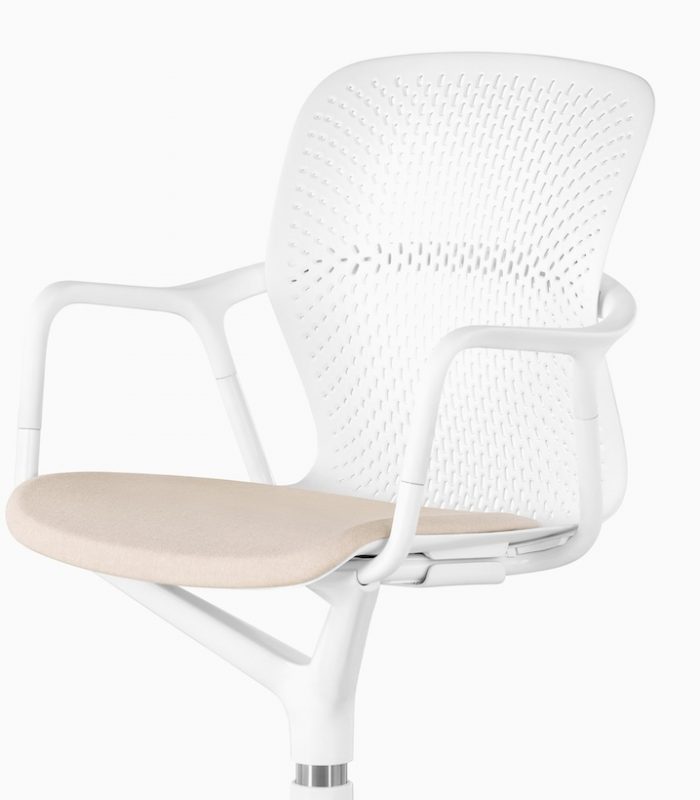
Courtesy of Herman Miller
For all the restless and fidgeting people out there, Herman Miller Inc. made a chair especially for you. Keyn Chair consists of 4 parts, 2 of which are the backrest’s upper and lower portions, in addition to the seat itself, and the frame.
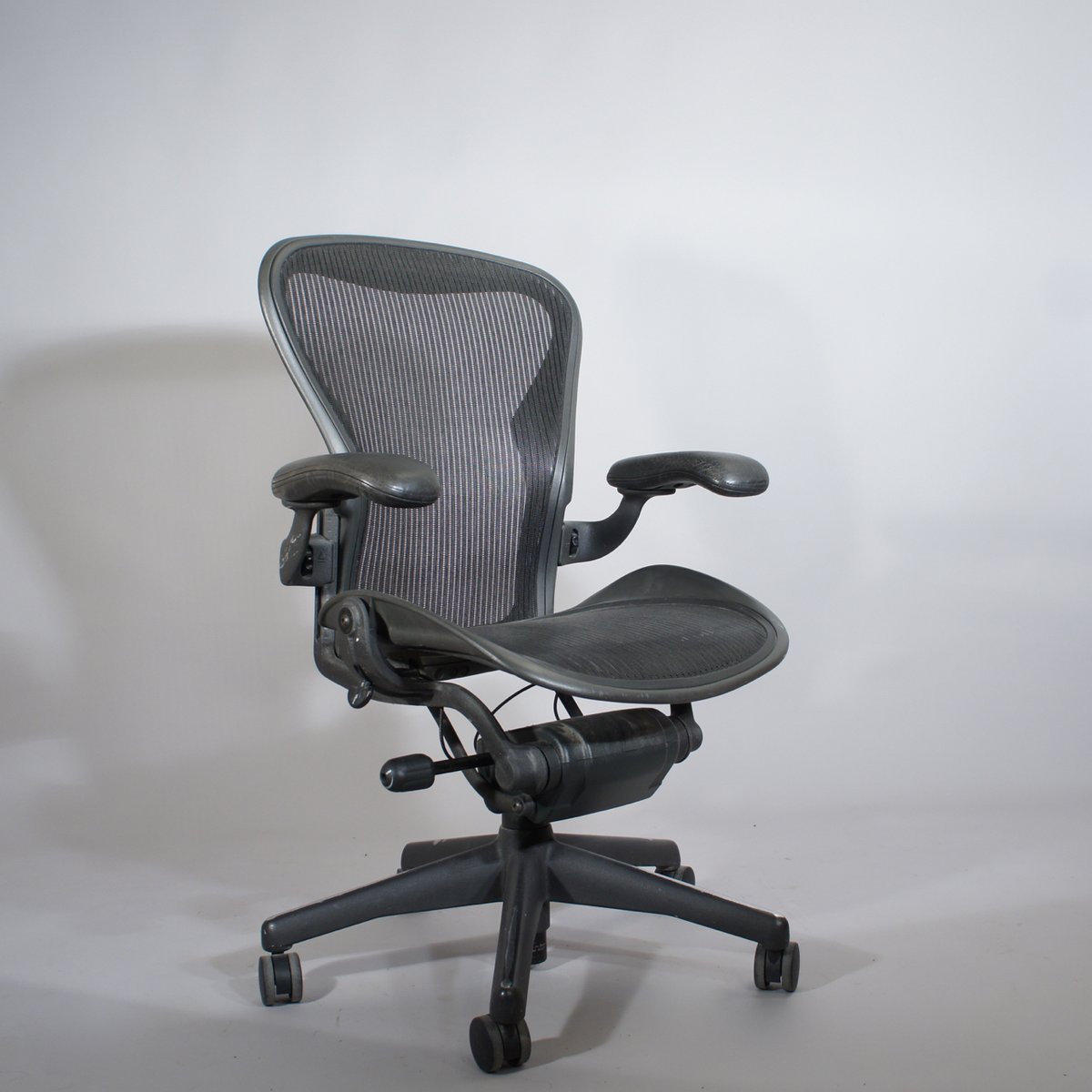
Courtesy of Herman Miller
The chair’s backrest doesn’t only support the spine, but it also interacts with human movement through its ability to recline about ten degrees. Hence, the backrest is always in close contact with the user’s back but they may shift in position. The company aimed for the chair to provide the users with the ultimate comfort they need while sitting for long hours at work.
2) The Aeron Chair – Bill Stumpf and Don Chadwick
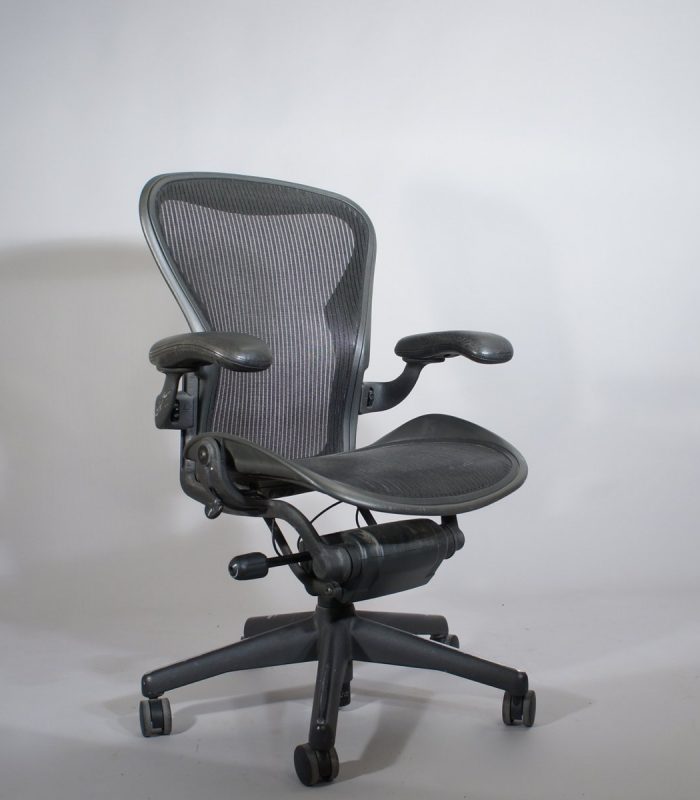
Aeron Chair by Bill Stumpf and Don Chadwick, 1994
The Aeron chair is one of the most important pieces of office furniture we have known up to this day. It was a brilliant idea to replace the upholstery with a Pellicle Suspension System, whose fibers can shape and reshape its form, responding to the user’s body.
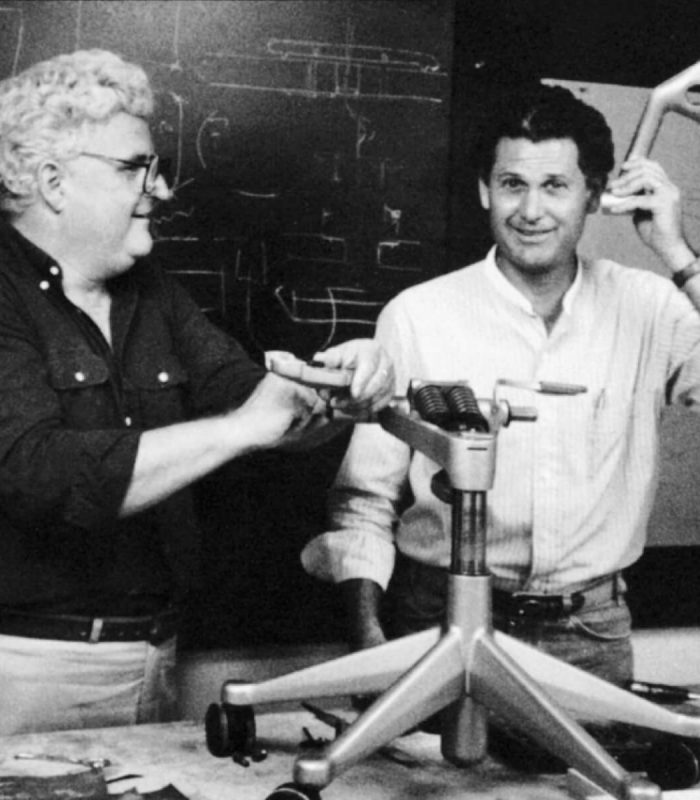
Some of the Furniture Industry’s Greatest Designs – Courtesy of Herman miller
Not only is the chair recyclable, but also about half of its components come from recycled items. The design keeps the back straight and permits users to shift their bodies comfortably so that they can focus on work.
3) The Marshmallow Sofa – Irving Harper from George Nelson Associates
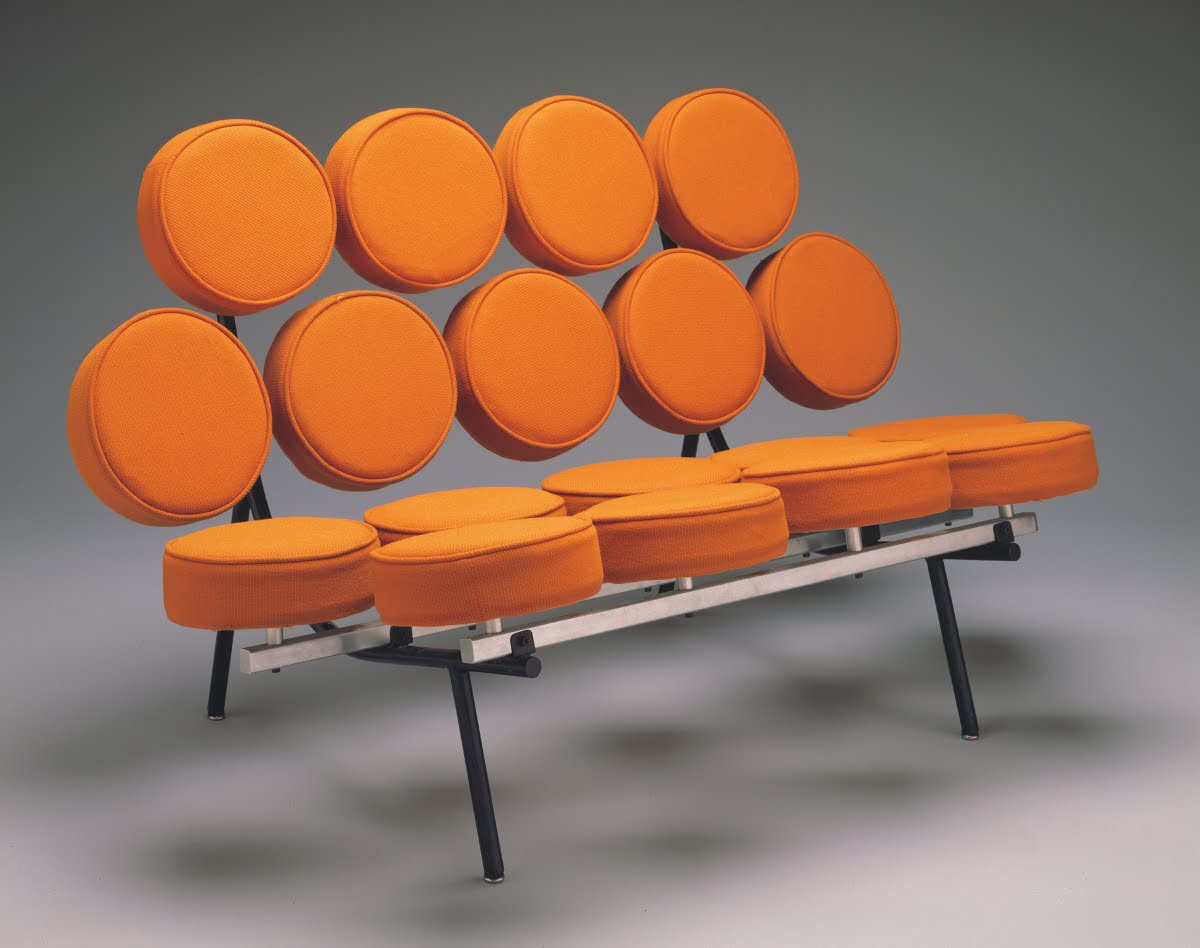
Courtesy Dallas Museum Of Art
The Marshmallow Sofa or the ‘Marshmallow Love Seat’ is another iconic design that Herman Miller produced. The modern sofa, which is available in two sizes, features a metallic frame embracing foam-filled discs ‘marshmallows’. The marshmallows compose the seat itself and the back of the sofa as well.
4) The Locale – Industrial Facility Studio
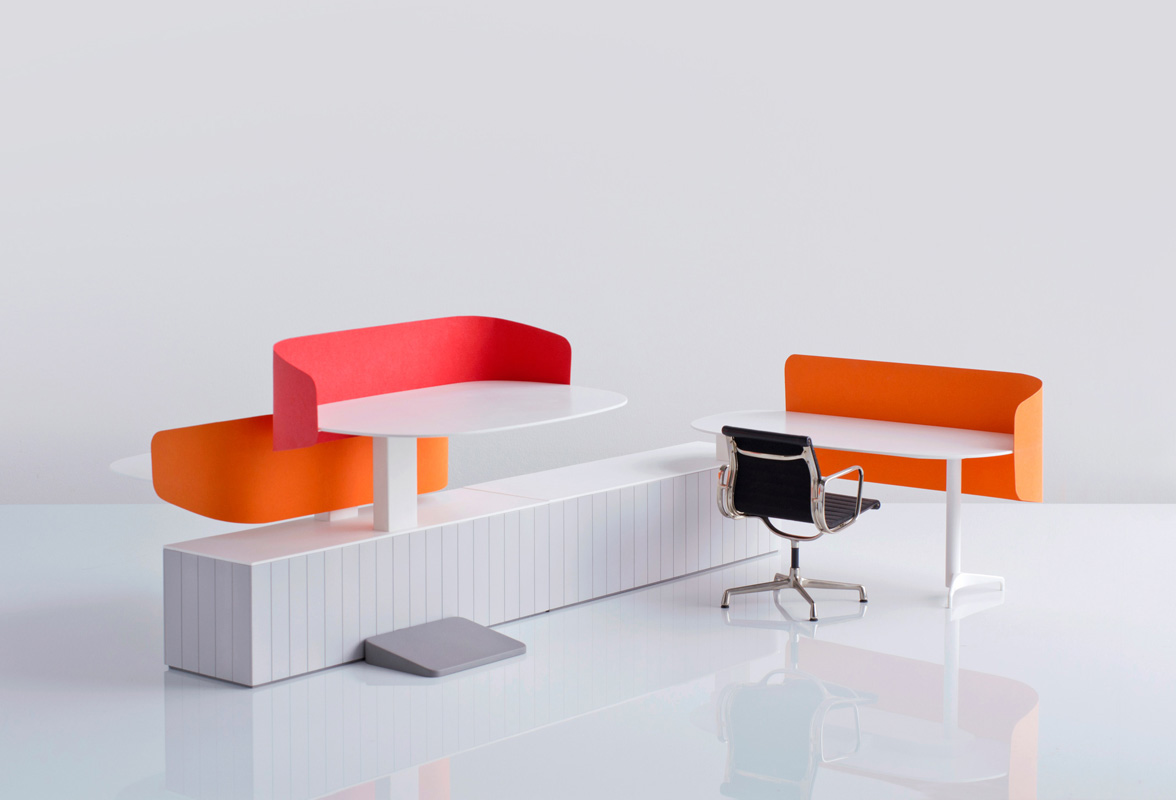
Courtesy of Herman Miller
Although it is an assembly of office furniture, rather than a chair, we have to mention the Locale. Industrial Facility Studio designed the Locale to create a more interactive workplace environment by allowing the users to walk easily around its edges. The round edges of the tables mimic the appearance of a meeting room table. In addition to that, there is the Locale workstation which comprises comfortable seats, desks, and a library.
“One could argue that collaboration is a buzzword right now, that somehow it might go away, but we think this is unimaginable,” explained Sam Hecht from Industrial Facility.
5) The Eames Lounge Chair (Design: Ray and Charles Eames)
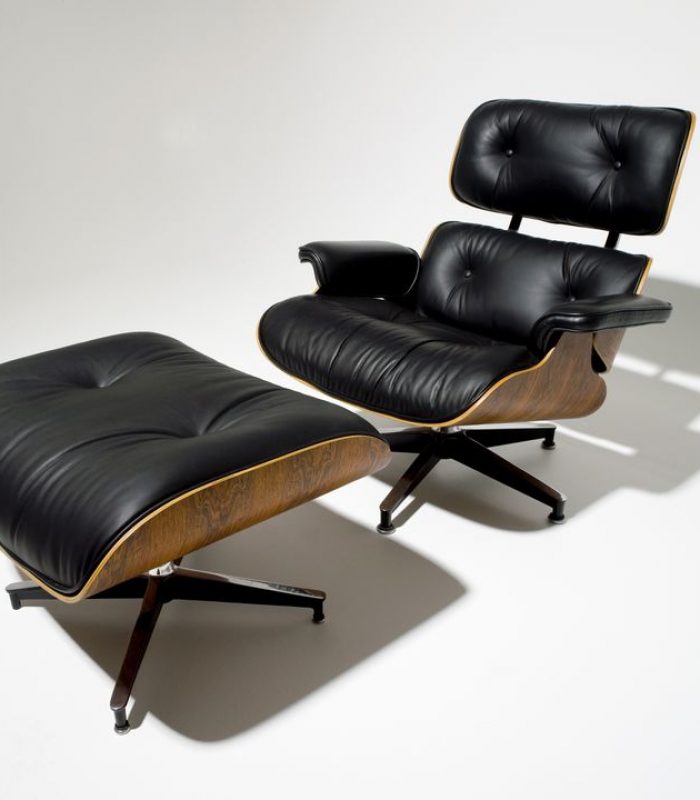
Courtesy of Herman Miller
Leather and molded plywood are the main components of the Eames Lounge Chair. The Legendary American designers made it a point to design pieces of furniture that can be produced on a large scale while having a reasonable price tag. However, this chair comes as an exception as the Eames targeted with it the high-end market for the first time and, indeed, their endeavor was very successful.
The famous chair features three undulating plywood portions composing the seat, the backrest, and the headrest. Its modern design resembles the mitt of a baseman, or at least that was what Charles Eames had once thought.
6) The Office Cubicle (Design: Robert Propst)
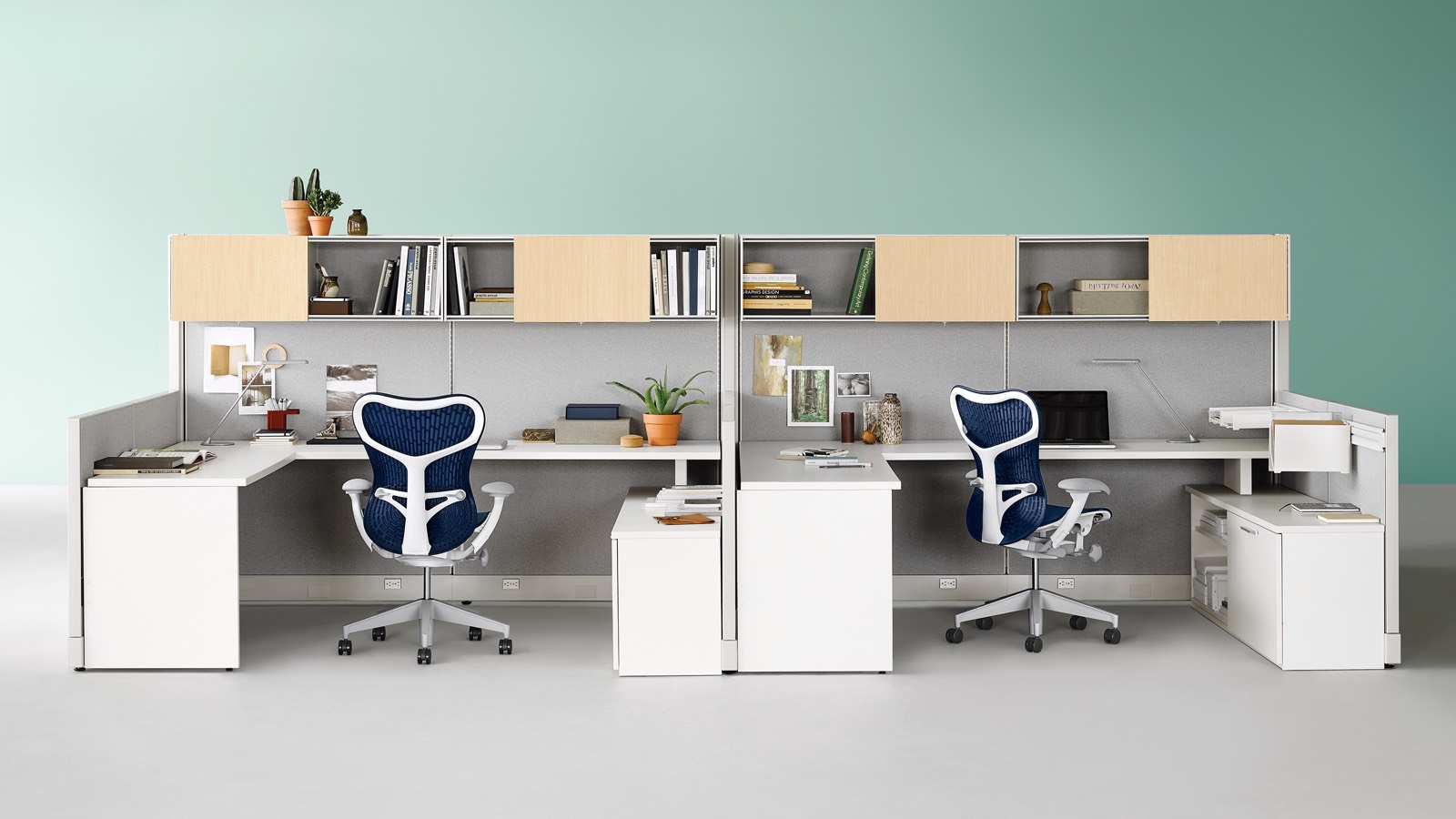
Courtesy of Herman Miller
As we have said before, Herman Miller Inc. was the first to introduce the office cubicle to the world.
“Propst was always adamant that Herman Miller did not invent the cubicle,” said Herman Miller’s Director of Corporate Communication, Mark Schurman.
“He said it was the marketplace that invented the cubicle. In the 60s when Propst began to analyze the office, he saw the manager in the corner room and the majority of workers at open desks that were arranged in static lines, with very little consideration for any form of privacy, storage, or intrusion from telephones. Propst foresaw an explosion in white-collar workers and realized that the work needed a better solution that would create a healthier, more innovative, and more productive workforce.”
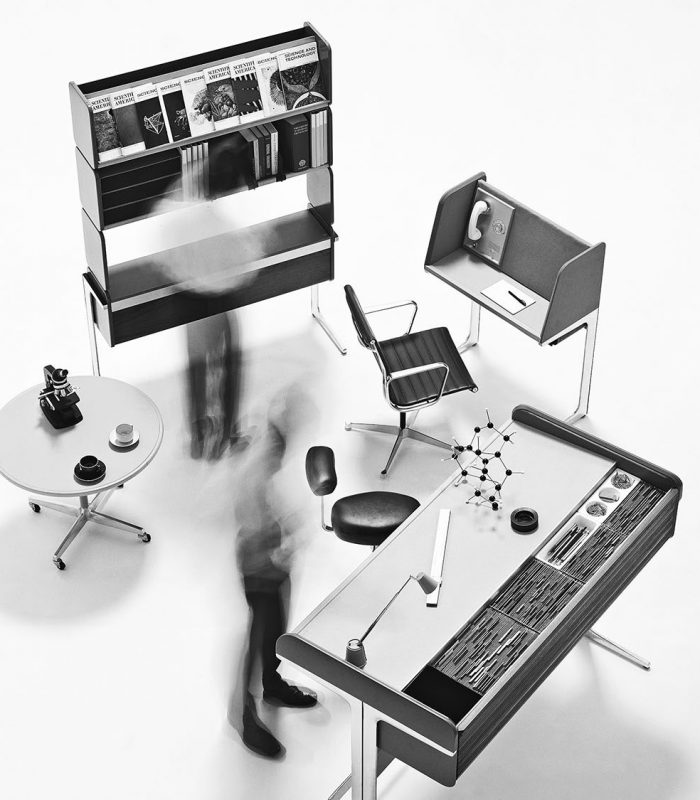
image for Action Office I’s debut in 1964. Courtesy of Herman Miller
Robert Propst worked closely with George Nelson, the head of the company at the time, on the design of an office system that organized the workplace. The design was not a piece of cake, as it took Propst three years to come up with the final design which he called Action Office I. Years later, and due to the success of Action Office I, Action Office II hit the market.
“Propst’s vision was this sub-architectural system that would have infinite flexibility and would create that sense of place and purpose for the individual. It had to have the right price point and the ease of configuration and reconfiguration,” explained Schurman.


